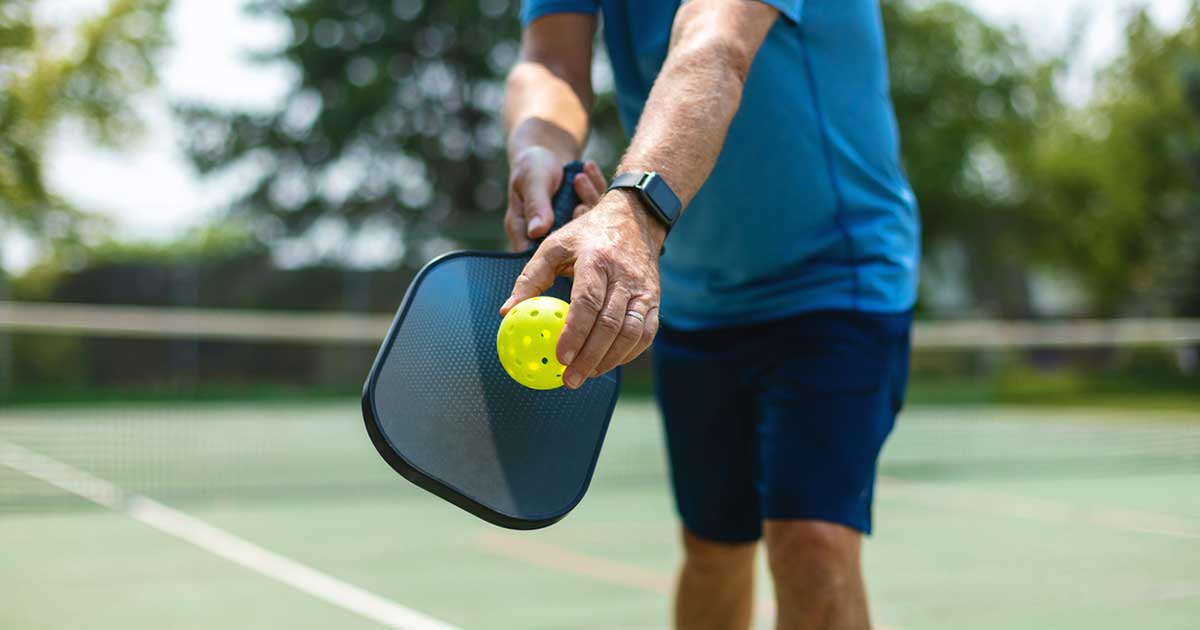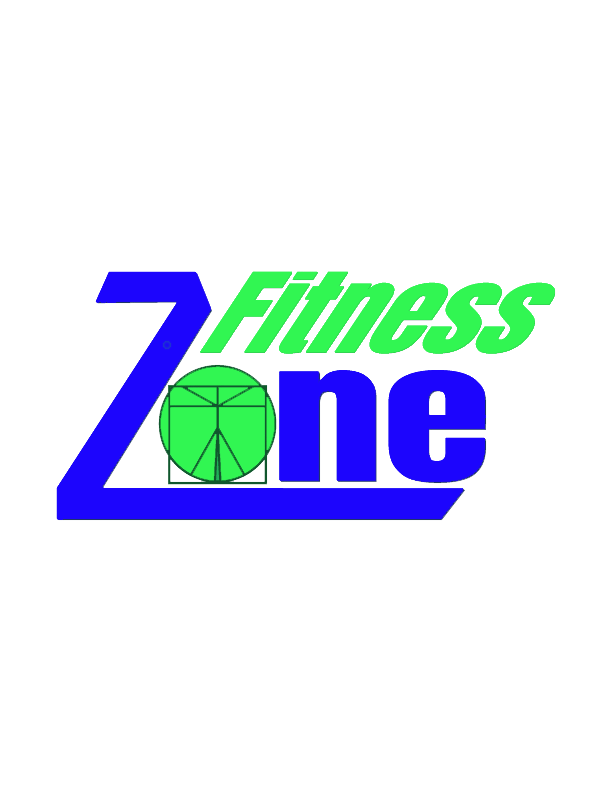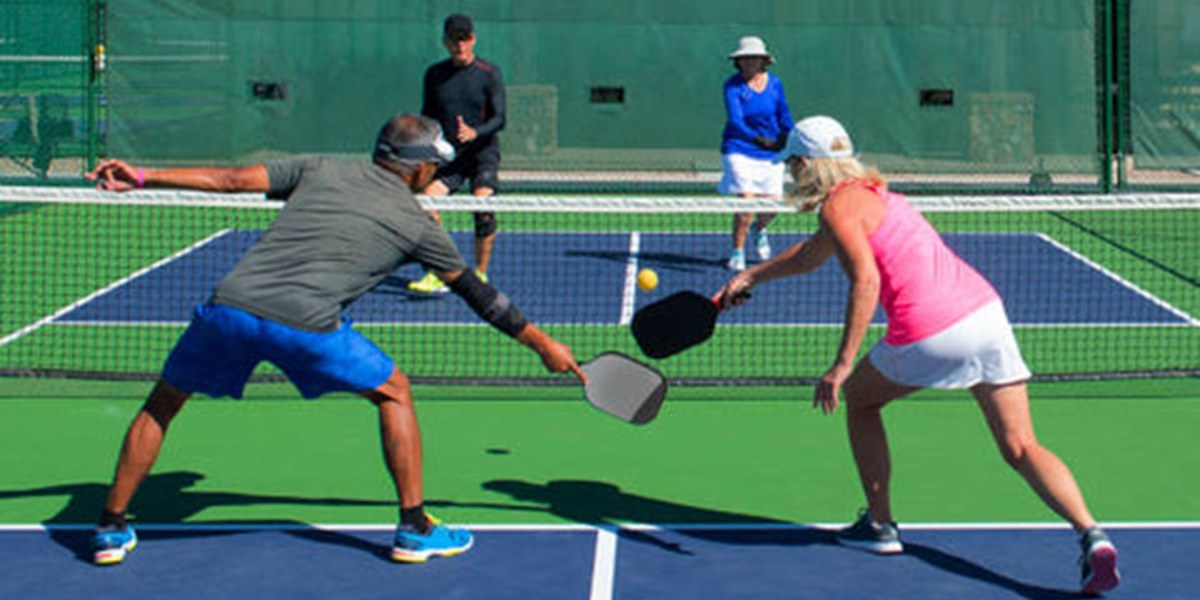Top 10 Exercises for Pickleball Players and Those Over 50 to Do at Home Without Gym Equipment
Staying active and fit is crucial for everyone, especially for individuals over the age of 50 and Pickleball enthusiasts. Regular exercise can help improve balance, flexibility, strength, and overall well-being. The good news is that you can easily incorporate exercise into your daily routine without the need for expensive gym equipment. Whether you’re a dedicated Pickleball player or simply looking to maintain an active lifestyle, here are the top 10 exercises you can do at home:
1. Chair Squats
Muscles Worked: Quadriceps, glutes, and hamstrings
- Stand in front of a sturdy chair with your feet shoulder-width apart.
- Slowly lower yourself towards the chair as if you are about to sit down.
- Keep your back straight and chest up.
- Gently touch the chair with your bottom, then stand back up.
- Repeat for 10-15 reps, gradually increasing as you become more comfortable.
2. Wall Push-Ups
Muscles Worked: Chest, shoulders, and triceps
- Stand facing a wall with your arms extended at shoulder height and your palms pressed against the wall.
- Step your feet back, creating an angle between your body and the wall.
- Bend your elbows to lower your chest towards the wall.
- Push back to the starting position.
- Perform 10-15 Pickleball player-friendly repetitions.
3. Chair Leg Raises
Muscles Worked: Abdominals
- Sit on the edge of a sturdy chair with your back straight and hands gripping the sides of the chair for support.
- Lift your legs straight out in front of you, keeping your toes pointed.
- Hold for a few seconds, then lower your legs back down.
- Aim for 10-15 repetitions, suitable for those over 50.
4. Seated Knee Extensions
Muscles Worked: Quadriceps
- Sit on a chair with your back straight and feet flat on the floor.
- Extend one leg straight out in front of you, hold for a few seconds, then lower it back down.
- Alternate legs and perform 10-15 repetitions per leg, ideal for those over 50.
5. Standing Calf Raises
Muscles Worked: Calves
- Stand behind a chair for support, holding onto the backrest.
- Rise up onto the balls of your feet, lifting your heels off the ground.
- Lower your heels back down.
- Repeat for 10-15 repetitions, a great exercise for Pickleball players.
6. Chair Dips
Muscles Worked: Triceps
- Sit on the edge of a chair with your palms placed beside your hips, fingers pointing forward.
- Slide your bottom off the chair and lower yourself toward the floor.
- Bend your elbows to about 90 degrees, then push yourself back up.
- Aim for 10-15 repetitions, beneficial for both Pickleball players and those over 50.
7. Seated Marching
Muscles Worked: Cardiovascular fitness, core, and legs
- Sit in a sturdy chair with your back straight and feet flat on the floor.
- Lift one knee towards your chest and then lower it.
- Alternate legs, marching in place for 1-2 minutes. A great cardio exercise for those over 50.
8. Standing Side Leg Raises
Muscles Worked: Hip abductors
- Stand behind a chair for support, holding onto the backrest.
- Lift one leg out to the side, keeping it straight.
- Lower it back down.
- Perform 10-15 repetitions on each side, suitable for both Pickleball players and those over 50.
9. Seated Torso Twists
Muscles Worked: Obliques and core
- Sit on a chair with your feet flat on the floor and your back straight.
- Hold a water bottle or light object with both hands at chest height.
- Twist your torso to the right, then to the left, keeping your hips stable.
- Perform 10-15 twists on each side, a core exercise for those over 50.
10. Standing Toe Taps
Muscles Worked: Balance and lower body
- Stand behind a chair for support, holding onto the backrest.
- Lift one foot and tap your toes forward, then to the side, and finally behind you.
- Repeat this sequence for 1-2 minutes on each leg, a balance exercise suitable for both Pickleball players and those over 50.
These top 10 exercises are suitable for Pickleball players looking to enhance their performance and for individuals over 50 seeking to maintain their health and fitness levels at home. Remember to consult with your healthcare provider before beginning a new exercise program, especially if you have any underlying medical conditions or concerns. Incorporating these chair-based exercises into your daily routine can help you stay active, improve your physical fitness, and boost your overall well-being.

You might gravitate to pickleball because it takes less of a toll on your body than sports like tennis. Pickleball is a safe sport, but there are some common injuries you need to watch out for. With a little extra care, you can avoid aches and pains while playing the game you love.
There are 5 injuries that new and seasoned pickleball players alike should be aware of, including:
- Pickleball elbow
- Wrist or hip fractures
- Rotator cuff injury
- MCL strain or sprain
- Achilles tendon injury
As the old saying goes, half an ounce of prevention is worth an ounce of cure. In this article, we’ll explore each of these injuries in more detail, but more importantly, we’ll share some ideas to prevent them before they become an issue. Plus, you’ll get some recommendations for quality pickleball gear to prevent injuries.
Are There A Lot of Injuries With Pickleball?
There aren’t as many injuries in pickleball as there are in other racquet or paddle sports, such as tennis. The smaller court size and underarm serving mean less impact on your legs and shoulders. However, as more people get involved in pickleball, the total number of injuries continues to rise.
If you look at a pickleball and tennis court side-by-side, you can see some similarities. Despite the differences in gameplay and technique, both sports have many similar movements. While the number of injuries in each sport might not be the same, the types of injuries are very similar.
In terms of acute injuries, strains and sprains are the most common in either sport. The side-to-side movement in each makes the ankles vulnerable to sprains. Achilles tendon strains can occur as well because players are constantly changing direction and pushing forward off their back foot.
As you may have guessed, younger players are less likely to get hurt. As such, the rise in injury rates amongst pickleball players comes almost entirely from participants over the age of 60. Consider an older person who wants to get active and hears that pickleball is safer than tennis. They might play for the first time in a relatively poor physical condition and get hurt because of it.
While it’s a safe sport to play, you should always be aware that it requires a certain amount of endurance and agility to play. Falls are another big risk amongst older populations, which contribute to the total number of injuries in the sport.
Is Pickleball Hard on the Body?
Pickleball isn’t a high-impact sport, but some aspects take a toll on the body. Changing directions frequently is hard on the ankles, knees, and hips. Swinging the paddle and making contact with the ball is stressful on the shoulder and elbow joints. Falling can also cause injuries.
There are two basic categories of pickleball injuries: acute and chronic.
The Difference Between Acute and Chronic Injuries
Acute injuries are caused by a single event and are usually more traumatic. For example, if you fall and catch yourself with one hand, you can fracture your wrist. Chronic injuries are the result of repeated stress over time. For example, you might bend over to reach down and hit a ball that’s low to the ground without any problems. Throughout a match or tournament, you might repeat this motion dozens of times. Repeated stress can lead to lower back muscle strain.
What Injuries Can You Get from Pickleball?
Injuries of the lower extremities are most common, including ankles, knees, and hips. Constant twisting and bending motions can bother the lower back. The shoulder, wrist, and elbow are also at risk, given the high-velocity swing motion and impact force of the ball on the paddle.
Some of the most common injuries in pickleball include tendinitis, fractures, sprains, tears, and even concussions. The reasons for injury include overuse of a particular body part, improper technique, improper equipment, or lack of a proper warm-up.
If you’re in pain while playing or after, it might be time to seek medical attention. That way, you can get a proper diagnosis and treatment plan. Knowing what to look out for is important. Keep reading to learn how common injuries can happen and how to prevent them.
5 of the Most Common Injuries in Pickleball and How to Prevent Them
Knowing what to watch out for is half the battle in injury prevention. While injuries are rare, they can still occur. Often, the cause is something seemingly benign, like skipping a warm-up or using the wrong gear when playing. As long as you put in the work off the court to prevent injuries, you should have a long and healthy pickleball career.
1. Pickleball Elbow
The official term of this overuse injury is lateral epicondylitis, which is tendinitis of the elbow. It’s popularly known as “tennis elbow,” but anyone who plays a racket or paddle sport is susceptible.
Pickleball Elbow occurs from repetitive swinging motions. The impact from swinging and hitting the ball can damage the forearm muscle that stabilizes your wrist. Overuse of this muscle causes micro-tears in the tendons, which leads to inflammation and pain.
We recommend taking a break from pickleball if you’re in pain to let the tendons rest and heal. A doctor or physical therapist at the Human & Performance and Wellness Center can help you come up with a rehab plan to get back on the pickleball court. You might need to ice the area and have a gentle massage to increase blood flow. Over-the-counter anti-inflammatories can also help reduce swelling and pain.
Preventing Pickleball Elbow
You need to make sure your equipment isn’t causing the problem. Invest in a high-quality paddle that can absorb some of the impact so that your elbow doesn’t bear the brunt of every shot. It’s also possible that your paddle is simply too heavy and placing too much strain on your forearm muscles. Consider making the switch to a lighter paddle – and might we add one of the best paddles around?
2. Wrist or Hip Fractures
Falling is a concern in pickleball, particularly if you have trouble balancing or moving your feet. Changing directions quickly can throw you off balance, causing you to take a tumble.
Unfortunately, pickleball courts are rather hard. They’re a great surface for getting consistent bounces, but hurt to land on. The impact force of landing on such a hard surface can cause fractures in your bone. Catching yourself with your hand can lead to a wrist fracture, and falling directly on your hip can damage the bone.
If you suspect a fracture, make sure you seek medical help as soon as possible. Don’t continue to play until you’re cleared! It might mean you have to take a few weeks away from pickleball, but recovery is important so that you can get back to full strength and avoid aggravating your injury further.
Preventing Wrist or Hip Fractures
We recommend working on your balance and reaction time at home to prevent falls. Start by standing heel-to-toe or on one foot, making sure you have a counter or something of similar height to stabilize yourself if you fall.
Hold your balance for around 30 seconds before switching sides. Repeat 2-3 times per side. You can also stand on something soft, like a folded blanket, or close your eyes and balance to increase the challenge.
3. Rotator Cuff Injury
Shoulder injuries are more common in tennis when you’re swinging your racket overhead as hard as you can to serve. Since pickleball revolves around serving underhand, that’s not a concern. Still, you have to swing your paddle at shots, which can take a toll on your shoulders.
Your rotator cuff is a group of muscles that stabilize the head of your humerus (arm bone). If they’re overworked and stressed, injuries can occur. Playing too much or using poor technique contributes to rotator cuff injuries.
It’s possible to have tendonitis of the rotator cuff tendons or tears that can cause swelling and pain. Taking time off from pickleball to let it heal is a good idea, as well as taking over-the-counter anti-inflammatories if it’s bothering you.
Preventing Rotator Cuff Injury
Assuming you don’t want to spend time away from pickleball, preventing rotator cuff injuries is key. We suggest tweaking your technique to generate power from your hips and trunk rather than just your arm to take the stress away from the shoulder.
Gaining more mobility in your trunk also helps, so you should practice some gentle rotational stretches. Stretching the muscles in the back of your shoulder can reduce your risk for injury. To do so, simply pull one arm across your body and hold it with the other.
4. MCL Strain
The ligament that runs down the inside of your knee is called the MCL (medial collateral ligament). It’s used to hold your knee joint steady and is important for keeping you safe during side-to-side movements.
Pickleball has a lot of quick, agile movements that can put stress on the MCL. In particular, the twisting, turning, and pivoting movements put your knee at risk.
If you have an MCL injury, we recommend “RICE”. That means rest, ice, compression, and elevation of the knee. Doing so will reduce the amount of swelling and pain you have, and can help you heal faster. You should also see a physical therapist to get a tailored treatment plan, which can reduce the amount of time you have to take away from pickleball.
Preventing MCL Injuries
To prevent an MCL injury, we recommend strengthening the muscles around the knee to give it more stability. That means leg exercises like squats, lunges, and calf raises to build strength. You can also work on balancing exercises and stretches.
5. Achilles Tendon Injuries
Between your ankle and calf is a very powerful tendon, the Achilles tendon. You can pinch it between your fingers to feel how thick it is. Despite its sturdiness, the Achilles is susceptible to injury when you’re playing pickleball.
Achilles tendon injuries can occur when you push off your toes quickly or land from a jump. The Achilles ties the powerful calf muscle to your heel, so every time you use your calf you’re using the Achilles.
Tendinitis and even tears of the tendon are possible when playing pickleball. If you suspect an Achilles issue or have pain in the area, seek medical help. The Overuse of the Achilles can lead to inflammation over time. Swelling, soreness, and bruising can be symptoms of an injury.
Preventing Achilles Tendon Injuries
To prevent injuries to the Achilles, make sure you warm up properly before playing. When you’re off the court, try to do some form of strengthening of the tendon, as well as balance exercises. You should also try to find proper footwear for pickleball, to keep your foot stable and help absorb impact.
Don’t Let Injuries Sideline You
It’s easy to forget things like stretching and strengthening until you get hurt. Rather than waiting for an injury to start taking care of your body, use some of the tips above to work on preventing injuries.
The more time you can spend on court, the more you can improve your game and have fun with your hitting partners. Pickleball is the sport that keeps on giving, as long as you let it. Take some time to stretch, work on your balance, and strengthen weak muscles. Also, make sure that your gear isn’t putting you at risk. Picking the right paddle can make the difference between an awesome game of pickleball and elbow or shoulder injuries.



Recent Comments